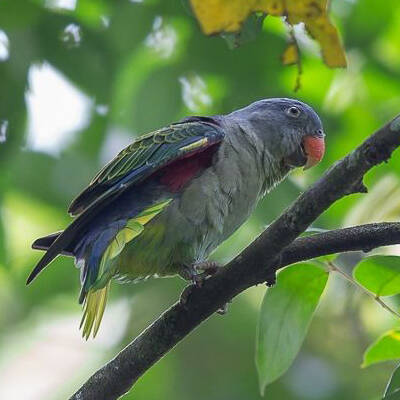
Psittinus cyanurus
Psittinus cyanurus,Blue-rumped Parrot
Blue-rumped Parrot, also known as Blue-rumped Parrot, is a small parrot and ···
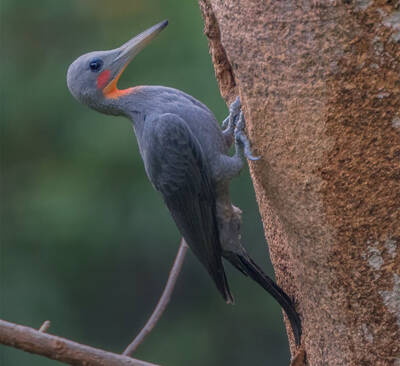
Great slaty woodpecker
Great slaty woodpecker,Mulleripicus pulverulentus
Great Slaty Woodpecker is a large gray woodpecker with two subspecies.Great ···
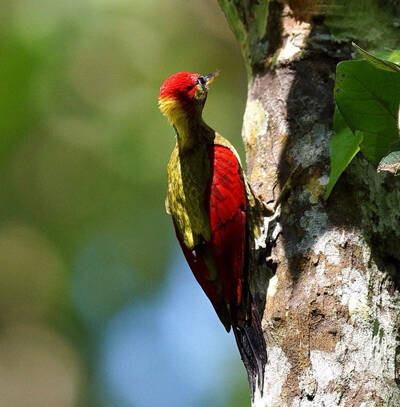
Picus rabieri
Picus rabieri,Red-collared woodpecker
Red-collared Woodpecker, no subspecies.Red-necked Woodpecker is a resident b···
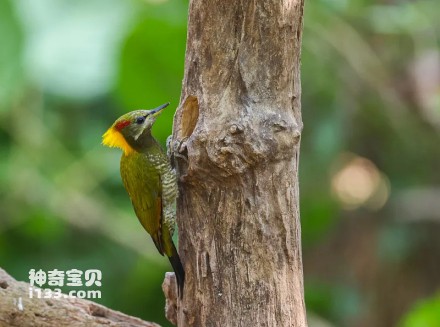
Picus chlorolophus
Picus chlorolophus,Lesser yellownape
The Yellow-crowned Woodpecker, also known as the Lesser Yellownape, is a sma···
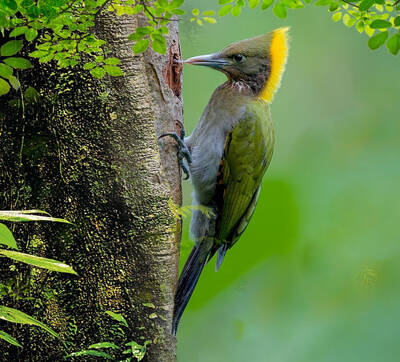
Picus flavinucha
Picus flavinucha,Greater yellownape
The Greater Yellownape is a larger green woodpecker. The difference between ···
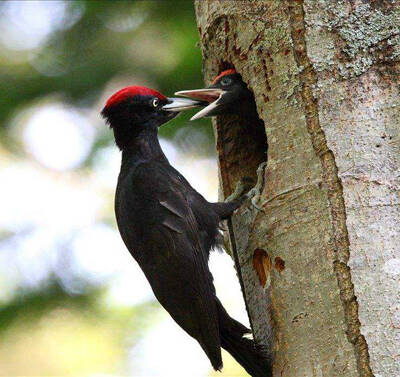
Dryocopus martius
Dryocopus martius,Black Woodpecker
The black woodpecker is called Black Woodpecker in foreign language, and has···
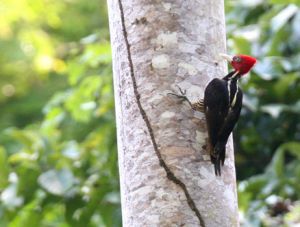
Dryocopus javensis
Dryocopus javensis,White-bellied woodpecker
White-bellied Black Woodpecker is a medium-sized bird of the Picidae family ···
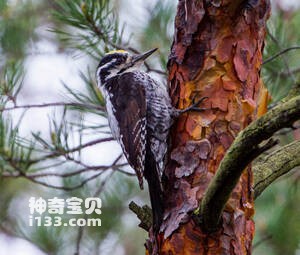
Picoides tridactylus
Picoides tridactylus,Eurasian three-toed woodpecker
The three-toed woodpecker is called Eurasian Three-toed Woodpecker in Englis···
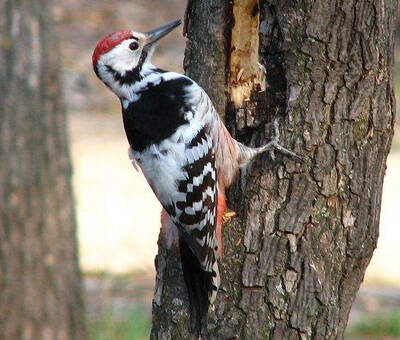
Dendrocopos leucopterus
Dendrocopos leucopterus,White-winged Woodpecker
White-winged Woodpecker is a small bird with no subspecies.White-winged Wood···
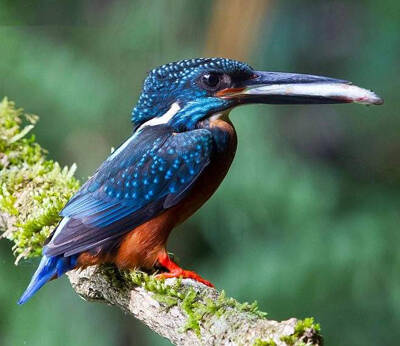
Alcedo hercules
Alcedo hercules,Blyth's Kingfisher
Blyth's Kingfisher is a resident bird. It is timid and often acts alone.···
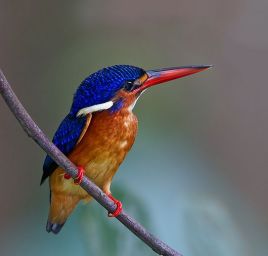
Alcedo meninting
Fish tiger, water dog, fish dog,Alcedo meninting,Blue-eared Kingfisher
Blue-eared Kingfisher is a small bird with 6 subspecies. There is only the Y···
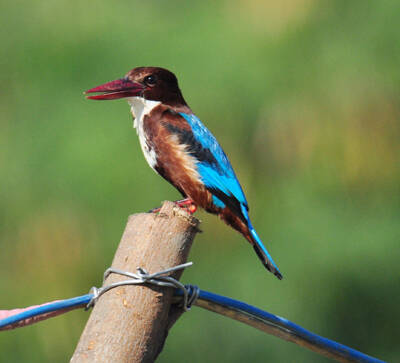
Halcyon smyrnensis
White-breasted fish dog,Halcyon smyrnensis, White-throated kingfisher
White-throated Kingfisher is a medium-sized bird with 4 subspecies.White-thr···
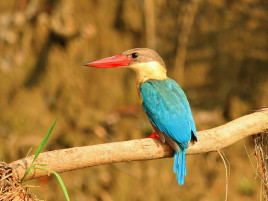
Pelargopsis capensis
Fish-catching man, stork-billed kingfisher,Pelargopsis capensis,Stork-billed Kingfisher
Stork-billed Kingfisher is a medium-sized bird with 13 subspecies.The simila···
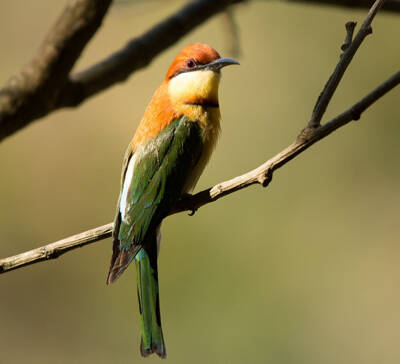
Merops leschenaulti
Black-breasted Bee-eater,Merops leschenaulti,Chestnut-headed Bee-eater
Chestnut-headed Bee-eater, also known as Chestnut-headed Bee-eater, has 3 su···
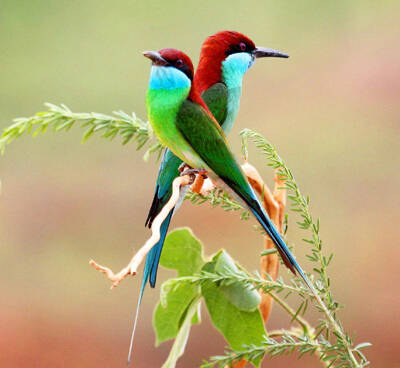
Merops viridis
Red-headed hummingbird,Merops viridis,Blue-throated bee-eater
Blue-throated bee-eater, also known as Blue-throated bee-eater, has 2 subspe···
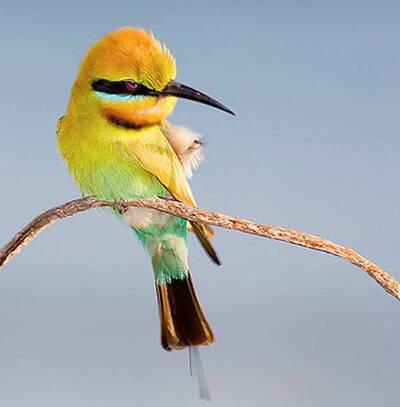
Merops ornatus
Rainbow Bee-eater,Merops ornatus,Rainbow Bee-eater
Rainbow Bee-eater, also known as Rainbow Bee-eater, is a medium-sized green ···
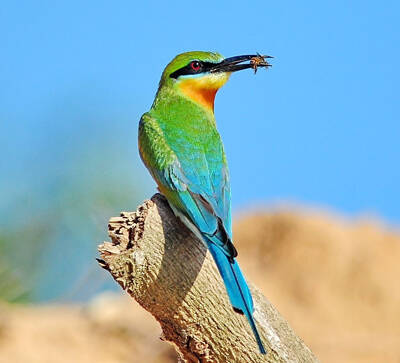
Merops philippinus
Red-throated Bee-eater,Merops philippinus,Blue-tailed Bee-eater
Blue-tailed Bee-eater, no subspecies.Blue-tailed Bee-eater is a resident bir···
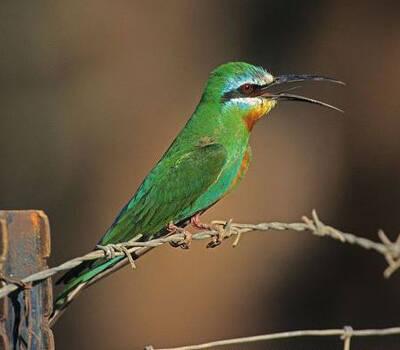
Merops persicus
Merops persicus,Blue-cheeked Bee-eater,Guêpier de Perse,القارية زرقاء الخدين
Blue-cheeked Bee-eater, also known as Blue-cheeked Bee-eater, has two subspe···
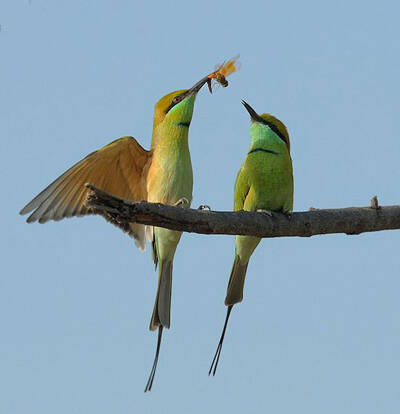
Merops orientalis
Merops orientalis,Green Bee-eater
Green Bee-eater, also known as Green Bee-eater in English, is a small bird w···
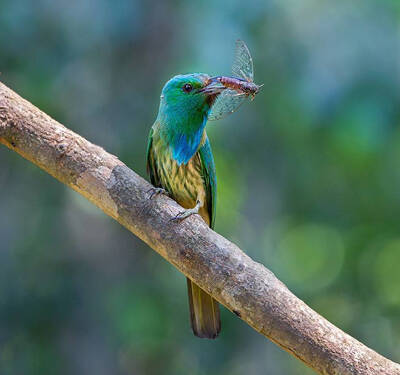
Nyctyornis athertoni
Blue-bearded night bee-eater,Nyctyornis athertoni,Blue-bearded Bee-eater
Blue-bearded Bee-eater is a green forest-dwelling bee-eater with two subspec···
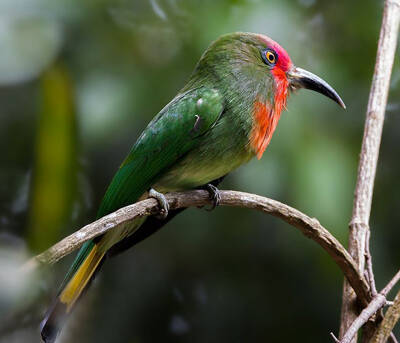
Nyctyornis amictus
Red-bearded Bee-eater, Red-bearded Night Bee-eater, Red-bearded Night Bee-eater,Nyctyornis amictus,Red-bearded Bee-eater
Red-bearded Bee-eater, no subspecies.Although Red-bearded Bee-eater belongs ···
